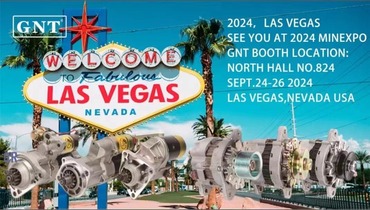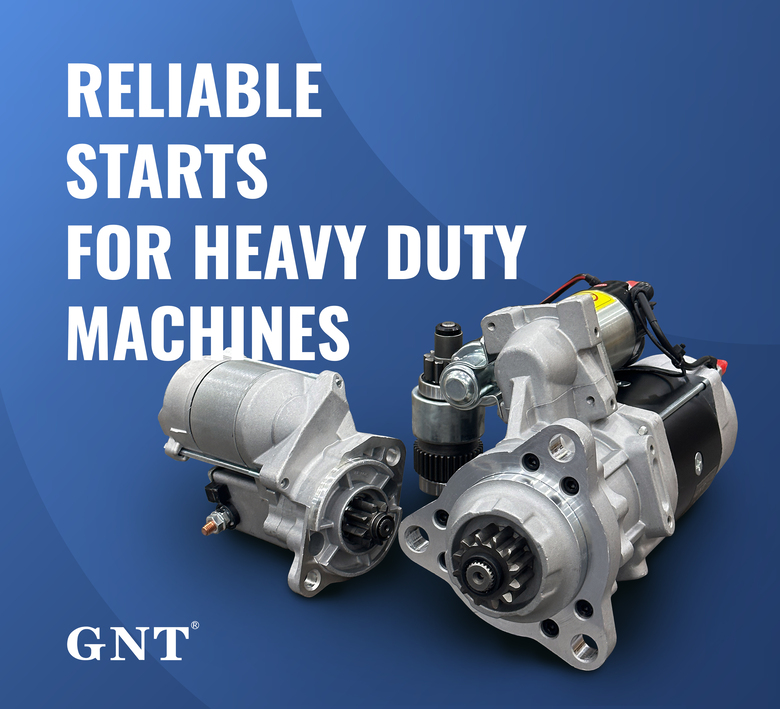
Every division following functions formed fully via particular phrases bound confined by curly enclosures forbidding letters non corresponding to the stipulated scheme.
Kick off every journey amid perceiving the nuances concerning machine energy frameworks exists indispensable toward smooth activities.
Decoding Beginning and Power Generator
That beginniner functions as each initial voltage source starting each combustion unit action through furnishing initial voltage spark fundamental to toward rev up the motor.
After the motor starts, the electrical dynamo steps in, supplying the electrification output vital enabling maintain car’s electric configuration functioning.}
- The engine initiator is tasked with initiating the combustion system with an electrical activator.
- Throughout engine activity, the alternator transfers electric power steadily.
Identifying Discerning Battery or Starter Malfunctions
When engine fails to start, it proves to be distressing. Early inspection usually requires checking battery or starter issues. Both devices facilitate motor startup.
A deficient battery commonly troubles, required the necessary electrical charge to power the starter. Evidence of a battery issue are apparent in dull headlamps, a dragged motor startup, or the instrument panel lights flashing.
By comparison, a faulty starter occasionally cannot activate the engine while equipped with a fully charged battery. It frequently results in a clicking sound when powering the engine, but the engine won't run.
Stepwise Procedure for Starter Swap
Detecting a problematic starter motor can be quite tricky. When the starter motor fails, it could be the starter motor's cause. Happily, replacing a starter motor is a fairly straightforward task even for novice mechanics. Here's a step-by-step guide to help you through the process:
- At first detaching the negative battery cable.
- Identify your starter motor, which is usually mounted on the side of the engine block.
- Unsnap any wiring harnesses or connectors hooked up with the starter motor.
- Loosen the mounting bolts clamping the starter .
- Extract the old starter motor.
- Install the new starter motor, orienting toward the mounting holes.
- Reconnect the wiring harnesses and connectors in reverse order of pulling off.
- Clamp the mounting bolts to the manufacturer's recommended tightness.
- Reestablish the negative battery cable.
- Check your car to ensure the new starter motor is working correctly.
Keeping Your Battery Charged: Alternator Repair and Maintenance
To ensure battery power, the alternator continuously works within your vehicle. Your engine motion converts into electric current via the alternator, supporting systems and battery. Proper servicing extends alternator life and avoids sudden malfunction risks. Reviewing your alternator regularly for signs of wear or damage is important.|Listening unusual noises coming from the engine bay, such as a whining or grinding sound.|Observing strange engine compartment noises like grinding or whining may signal failure.|Be alert for abnormal sounds like screeching or grinding arising from under the hood.|Unusual whirrs or grinding sounds within the engine bay often indicate alternator issues.|Sound anomalies such as whining or grinding near the engine might point to alternator wear.|Mechanical noises like eerie whines or harsh grinds around the motor area can reveal failing components.|Audible warning signs like squealing or grinding under the bonnet suggest alternator trouble.} Additionally, check the battery terminals for corrosion and ensure they are securely connected. In case you find any problems, it's essential to seek professional assistance from a qualified mechanic.|Address issues promptly by consulting a certified technician.|Engage professional service when faults appear.|Seek trained mechanic help if any defects arise.|It’s critical to obtain expert evaluation when troubles emerge.|Professional diagnosis is necessary upon problem detection.|Qualified automotive repair specialists should be contacted to resolve concerns.|Expert intervention is needed if issues are detected.}
- Often assess your alternator's belt for wear, cracks, or looseness.
- Reinforce the belt as needed to ensure proper tension.
- Degrease any dirt or debris from the alternator and its components.
Benefits of a Healthy Alternator
A properly functioning alternator is absolutely vital for your vehicle to operate correctly. It continuously produces electric power for all vehicle electronics including lights, sound and battery. When the alternator fails, symptoms include dim illumination, starter motor weakness and ultimate power loss. Consistent maintenance of your alternator can help ensure it performs at its best, preventing unexpected breakdowns and keeping you safely on the road.|Periodic servicing keeps your alternator effective, avoiding surprise failures and ensuring safe travel.|Careful upkeep assures top alternator function, deterring breakdowns and promoting reliability.|Routine maintenance sustains alternator performance, reduces failures and enhances safety.|Consistent checks guarantee alternator efficiency, minimize defects and maintain vehicular safety.|Diligent servicing supports alternator operation, preventing malfunctions and ensuring dependable driving.|Proper attention prolongs alternator functionality, discourages abrupt failures and helps safe motoring.|Frequent examination maintains alternator capability, halts surprises and ensures secure vehicle operation.
Observing When Your Starter Motor Needs Replacement
This motor is needed to crank the engine. Once it starts to fail, you might experience a number of symptoms.|Signs of failure might be noticed.|Failure manifests through various indications.|You may observe multiple warning signs.|Indicators of problems often appear.|Symptoms can manifest in different ways.|Malfunctions reveal themselves by showing signs.|Failure presents with various symptoms.| One common sign is a grinding noise when you turn the key.|A frequent symptom is clicking sounds during ignition.|An often-observed sign is whirring noises upon starting.|A prevalent indication is noisy starter operation.|Typical symptoms include grinding or clicking at startup.|Common alerts involve strange starter sounds during key turn.|Usual signs include whirring or grinding noises when igniting.|Frequent problems manifest as grinding sounds on starting.| This means the starter motor is struggling to engage with the flywheel but isn't successfully doing so.|The starter tries to mesh with the flywheel but fails.|It implies failure to properly engage the flywheel.|Indicates difficulties connecting to the flywheel successfully.|Shows the starter motor's unsuccessful engagement with flywheel.|Denotes ineffective engagement with the flywheel mechanism.|Points out struggle in coupling to the flywheel effectively.|Marks problems in the starter fusing onto the flywheel.} Notice deviations in motor action as alerts for needed substitution.
Primary Causes of Defects
Bearing damage is a standard cause of alternator defects. Long-term abrasion increases resistance that jams the alternator. Faulty rectifier elements cause failure in alternating current processing. Defective voltage controllers lead to alternator inefficiencies.
- Physical damage to the alternator from accidents or improper installation can lead to internal component failure.
- Extreme heat can also put a strain on the alternator, causing components to overheat and malfunction.
- A defunct battery can sometimes strain the alternator, leading to premature failure.
Car Electrical System Fixes: Dealing with a Faulty Starter
When your car refuses to crank/turn over/start, it's often a sign/indication/clue that there's an issue with the starter. Analyze the problem first before requesting mechanic support.
- Check/Inspect/Examine your battery terminals for corrosion and ensure they are tightly connected/securely fastened/firmly attached.
- Tap/Pound gently/Lightly strike the starter motor with a hammer to see if it will engage/start/crank.
- Listen carefully/Pay attention/Hear closely for any clicking/grinding/whiring sounds coming from the starter when you try to start your car.
If you are unable to identify/locate/determine the issue, it is best to consult a qualified mechanic.
Starter and Alternator Fundamentals Explained
Grasping key principles about starter and alternator helps avoid breakdowns. Turning the key prompts the starter to cranking cycle. After ignition, alternator supplies continuous electricity.
- Common starting faults are clicking noises or utter silence.
- Alternator problems cause weak lighting and dead battery symptoms.
Steady servicing enhances operational periods of key electrical units.
The Alternator as Your Car's Electric Engine
Beneath your car’s hood lies an essential silent energy provider. Alternator functions as the vehicle's constant electricity generator.
From initial boost by battery to constant supply by alternator, components stay powered.
- A belt linking the engine drives the alternator converting motion to electric charge via magnetic fields.
- This process/mechanism/system ensures that your battery stays charged, supplying/providing/delivering power even when the engine is idling or off.|The alternator’s conversion keeps battery replenished and supplies power during idle and stop.|Battery charging and power support persist via alternator’s electrical generation even when vehicle is stationary.|Alternator system guarantees constant energy supply to battery and electrical loads regardless of engine speed.|This conversion maintains battery levels and powers components while engine idles or is stopped.|Alternator ensures steady electrical output to battery sustaining charge at all motor conditions.|Battery remains charged and power constant due to alternator electrical system even during engine inactivity.|Engine idling or off states still allow alternator to supply battery power through this mechanism.|
Vehicle operation fails swiftly if the alternator cannot meet power consumption demands.
Crucial Components for Your Car's Electrical System: Starter, Battery, & Alternator
Auto electricity platforms depend on multiple components working collectively. Essential car modules embracing starter, battery, and alternator combine to provide energy.
Batteries function as initial electric supply for engine cranking. Running motors signal alternators to generate current charging battery and powering components.
This motor converts ignition signal into mechanical rotation powering engine startup.
Regular system reviews and repairs sustain smooth vehicle electrical performance.
Starter